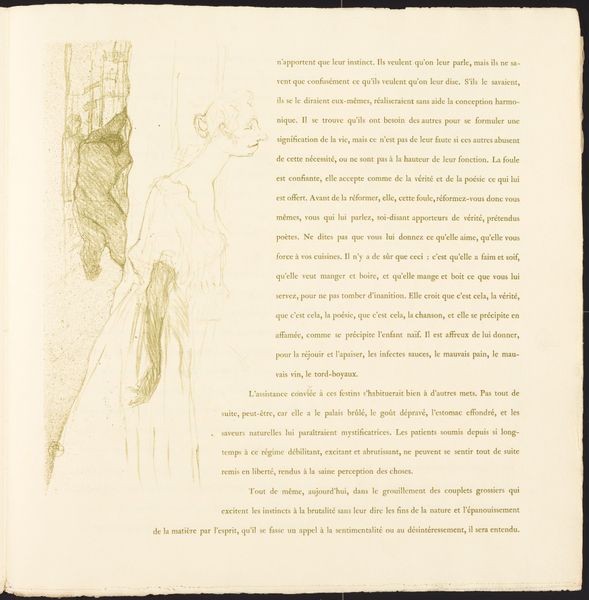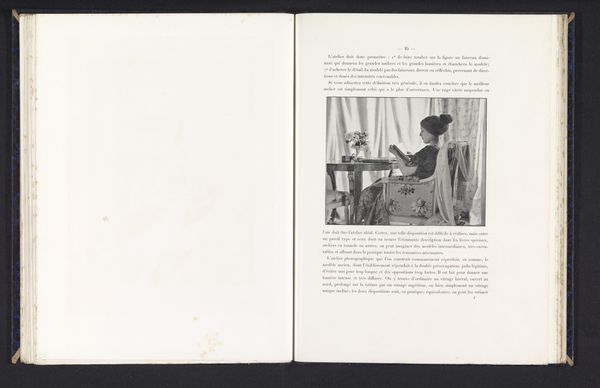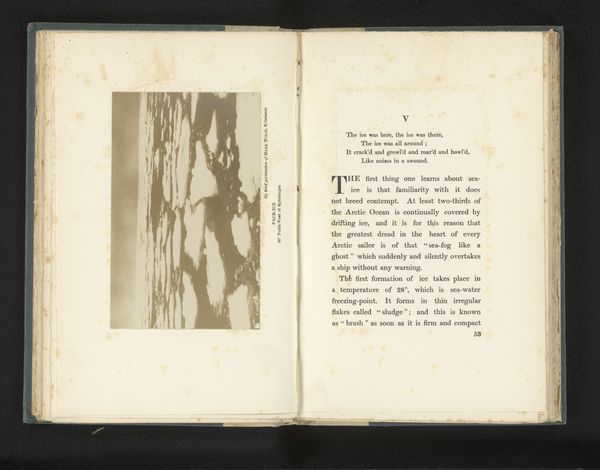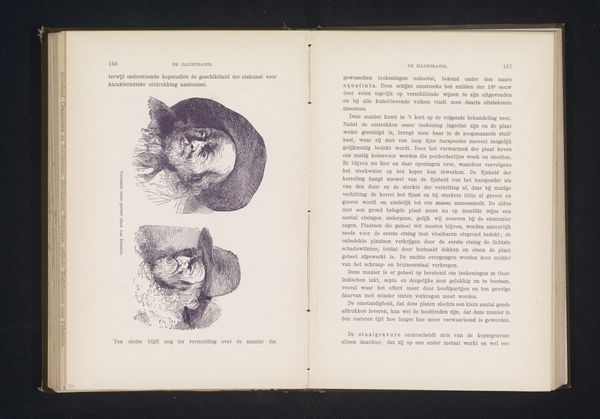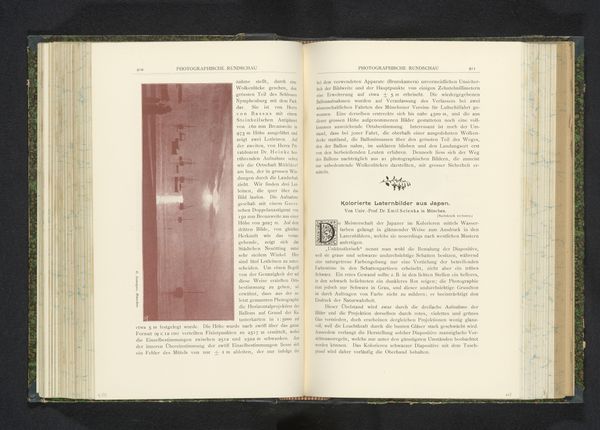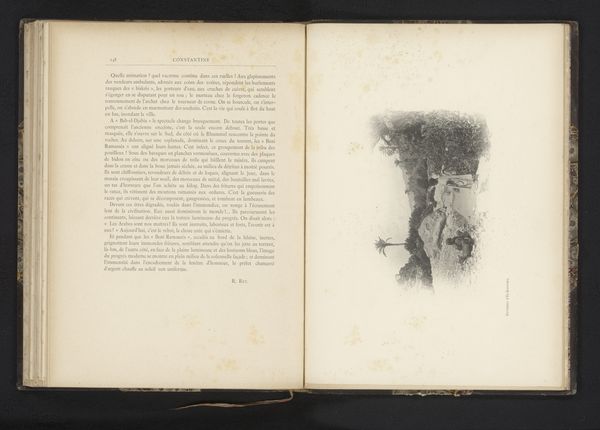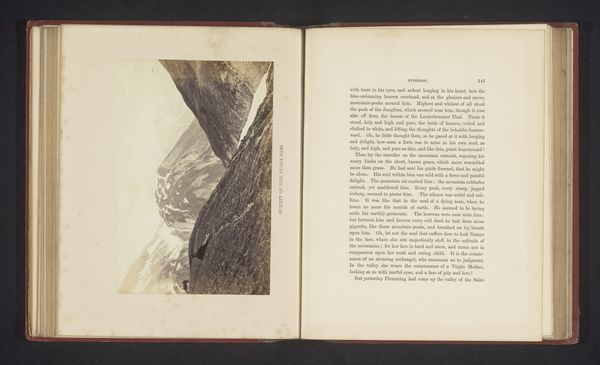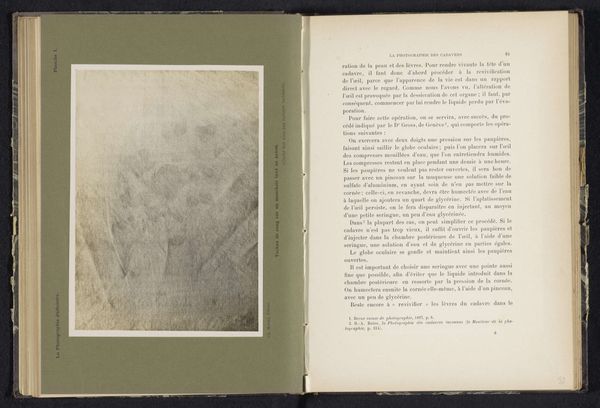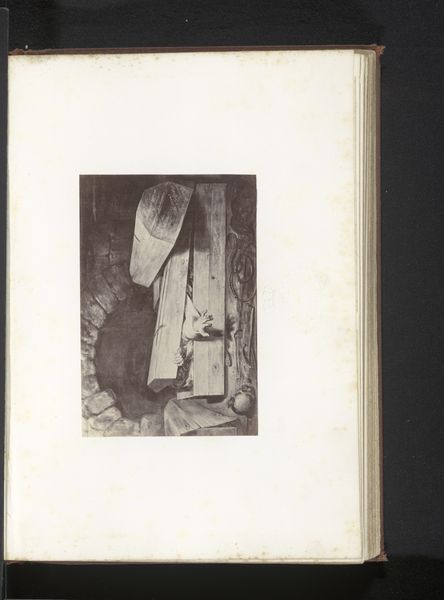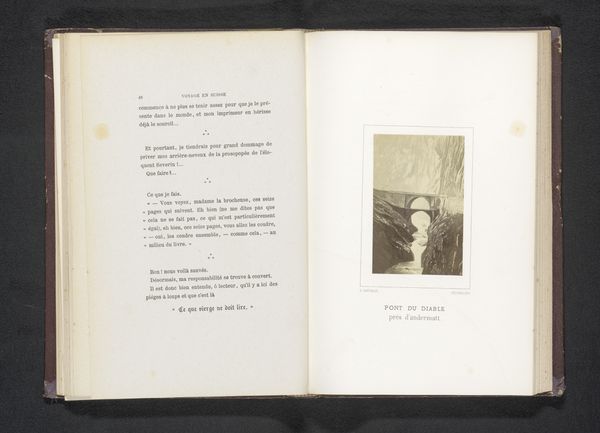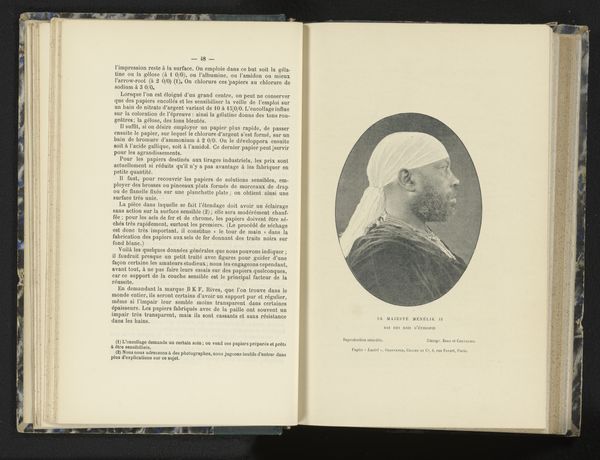
lithograph, print
#
portrait
#
art-nouveau
#
lithograph
# print
#
figuration
#
post-impressionism
Copyright: National Gallery of Art: CC0 1.0
Curator: This is "Yvette Guilbert," a lithograph created around 1894 by Henri de Toulouse-Lautrec. What strikes you first about this work? Editor: There’s a real sense of melancholy, isn’t there? Despite the visible text, the overall impression leans toward ephemerality, a sketch barely tethered to the page. The figures seem to float rather than stand. Curator: Lautrec, of course, was deeply engaged with capturing the performances and personalities of Parisian nightlife. Guilbert, a celebrated cabaret singer, becomes in his rendering more than just a portrait. Editor: Definitely. Those long black gloves she favored—almost a costume in themselves—are such a key visual element. Gloves often symbolized hidden aspects, secrets, or even theatrical artifice during this period. Curator: The formal elements support that idea. Note how the lines, particularly around her face, are quite loose, almost fragmented, compared to the solid blacks of her gloves. He's not offering us a polished, flattering image but a study in contrasts. Editor: Exactly, which lends an emotional ambiguity to her image. While Lautrec captures her as a star, she simultaneously appears exposed or vulnerable. The darkness literally envelops and almost engulfs her light. Curator: He really pushed the boundaries of lithography here. Look at the text in the background—it adds an interesting dimension. Is it mere decoration, or could it relate to the literary atmosphere influencing her cabaret performances? Editor: I'd say it is both: a background, in its suggestion of script or text, lends to the performer a level of gravitas that contrasts sharply with what may otherwise seem superficial in her presentation. And the suggestion of lyrics is there, too. It connects us to a whole culture, an entertainment ecosystem centered on places like the Moulin Rouge. Curator: Well, looking at this composition reminds me how powerfully Lautrec understood the art of suggestion, a technique rooted firmly in structure and form. Editor: Indeed. For me, Lautrec uses his talent for suggestion and also allows us to catch echoes of late 19th-century society – its obsessions, its stars, its entertainments and its sense of self. It remains quite potent today.
Comments
No comments
Be the first to comment and join the conversation on the ultimate creative platform.
